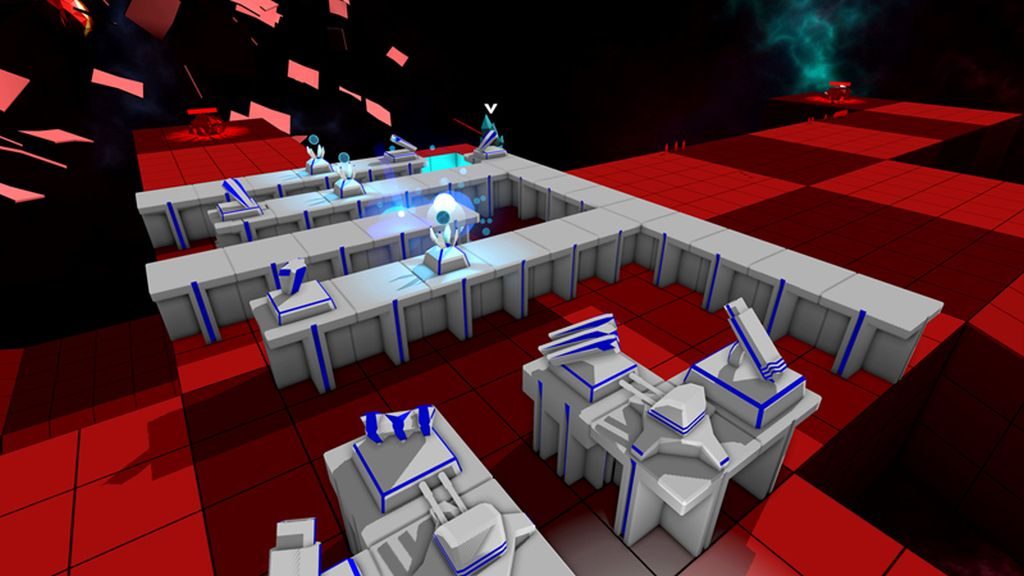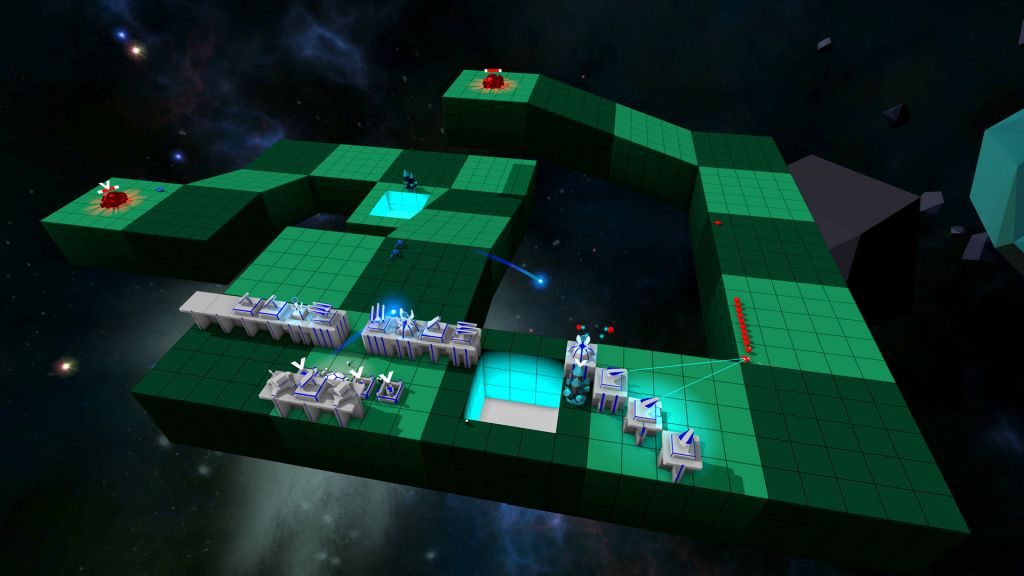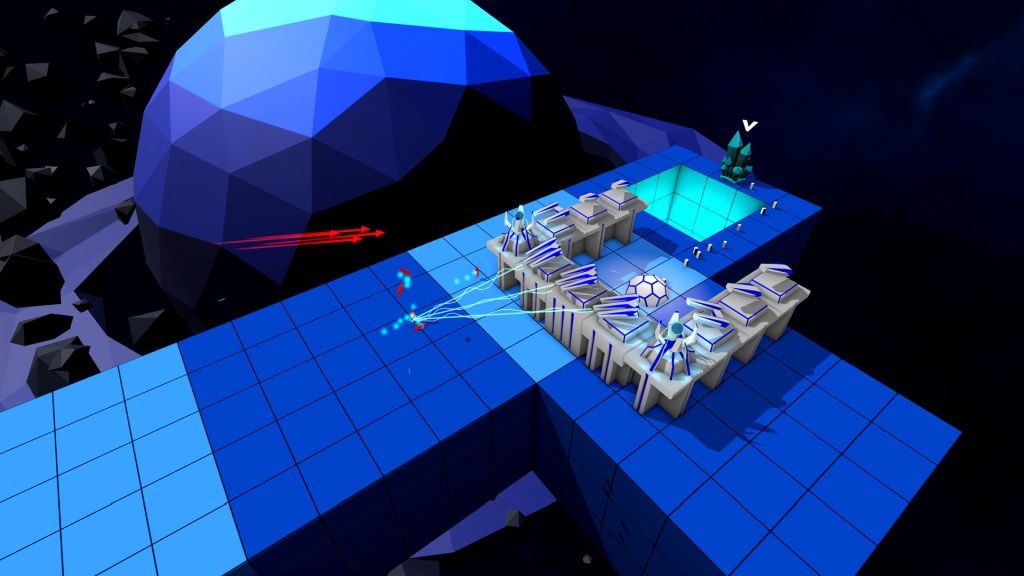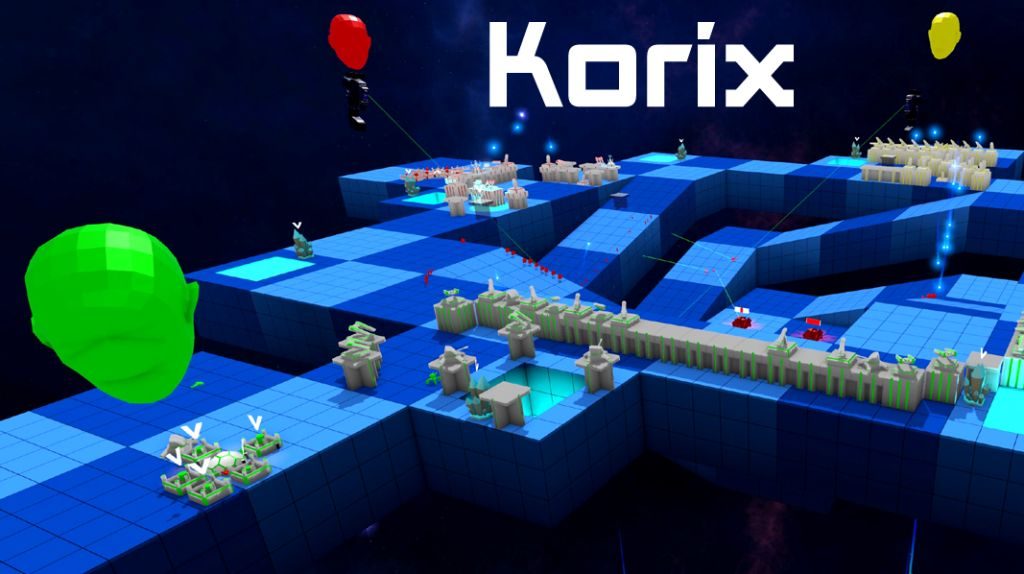PlayStation Paradigm is a new weekly column, intended as a series of editorial reflections on the many worlds of Sony PlayStation. Any opinions expressed in PlayStation Paradigm are solely those of the author.
In the two-and-a-half years since the PlayStation VR has arrived on the scene, literally hundreds of games have been released into the PlayStation Store (and, very occasionally, PS VR games are granted a rare physical release). Sony has gone above and beyond in proving their commitment to the format, and every week a new wave of games wash up on the PlayStation VR shore.
When PS VR was new, it was possible for a devoted fan with deep pockets to try every game to come down the pike. But as time has worn on, the PS VR library has swelled to the point that it is next to impossible to keep up. Even PSU.com – a website devoted to PlayStation – has to pick and choose which games to report on and review, trying to guess which games strike a chord with players.
With this many games flooding onto the system, and a somewhat limited install base, it is inevitable that many of these games will fall through the cracks, never garnering the attention or audience that they were hoping for. It is unavoidable that some of these games might be unsung classics – quality games that for whatever reason never grabbed the gaming zeitgeist long enough for a community to form around them.
StellarVR’s Korix is one of those games. Korix arrived in the PlayStation Store tucked among a surge of neon-enhanced sci-fi games with vague titles. Like a fish swimming in a school, there was nothing that made it stick out among the crowd of similar looking VR titles. (Okay, I’m going to quit with the aquatic imagery).
Korix Is All About The Gameplay
Korix seems simple enough. At first glance, it is a grid-based strategy game – a sort of hybrid between tower defense and RTS games. Up to 4 players set up bases near their respective starting power resource and start building workers to collect energy. On the other side of the map (which can be fairly sizable and complex), other players are doing the same.

With gathered energy, players can build defensive turrets (lasers, artillery, etc.) to protect their territory, and offensive units (tanks, airships, “megabots”) to send out, harassing other players and attacking their bases.
Energy runs dry, and armies quickly swell. Before long, players are battling over remaining energy sources and lobbing nukes at each other. The last player standing with a base that hasn’t been destroyed wins the match. Games can be over in a matter of minutes or last for hours, depending on the patience and/or aggression level of the folks playing.
VR Strategy Games Are Awesome
PS VR games have settled into some established genres. While there are some outliers that are forging new ground, most of the new titles being released can quickly be filed into some recognizable categories.
There are the wave shooters (sub-categories: western-themed, robot-themed, weird-stuff-themed). There are the first-person-fantasy-dungeon-crawler games. The sitting-in-the-cockpit-looking-down-at-your-cool-outfit games. Escape-room-puzzle games. Crash-on-the-alien-planet-games. Heart-attack-horror games. And so on.
If you are a PS VR fan, you know the categories by now, and (if you are like me) you file each new release into the appropriate slot as you are browsing the PlayStation Store. And of course, as time marches on, a new category has sub-consciously formed in your mind. “Old Stuff”. Korix gets unfairly lumped into that category. Every time I talk to anyone about the game, they say something dumb like “Isn’t that, like, two years old?” It’s frustrating. Faced with that nonsense, I usually just go ahead and buy it for them.

Out of all of the established VR categories, the one that (to me) screams maximum entertainment-for-the-buck is the “living-board-game-with-little-units” group. Little things are vastly entertaining in VR. There is something that entrances me about looking down on a large playing area and manipulating little dudes into battle. It makes me feel all Chewbacca-y.
Scale is one of VR’s strong suits, and Korix does scale better than most other games I’ve played. Opponents seem to be floating on the horizon, the towers and units they are constructing appear to be safely distant – until suddenly they aren’t. There is an immense, tactile pleasure in sending a wave of tiny airships flying across the board to shoot your opponents’ bases with their tiny lasers. It feels like playing war with miniature living army men.
The units in Korix have a very physical feel to them, and with the game pegged at 120 FPS, the action feels so real that you want to reach in and start flicking pieces off the board. The decision by the developers to go with a retro sci-fi, neon-and-white palate gives the game a crisp and clean look that gets out of its own way while still being massively appealing.
Multiplayer Is Where Korix Shines
While it has been somewhat easier for more recent releases to form committed online multiplayer communities, earlier entries into the PS VR pantheon had a much harder time. Awesome early attempts at multiplayer games (Rigs, Starblood Arena) fell on hard times, not able to sustain a community.
With Korix, I chose to make my own community, simply buying the game for my relatives and buddies and then hosting our own private matches and tournaments. This quickly pissed me off, of course, when I discovered that I’m not that great at the game and people started handing me my ass. But regardless of me suffering defeat after humiliating defeat, the multiplayer in Korix is worth the investment and the shame.

What makes Korix so special is that unlike other RTS games, players can see each other. When you look across the field of play, you see the other guys over there, floating above the play area as disembodied heads. Their controllers hover in front of them, and you can watch them setting up their defensive walls and artillery turrets.
Swinging to the side of the board to try to sneak in some surprise defenses? The other guy sees you do it. Trying to build up a secret army behind a wall? Other players can switch to your perspective and figure out your plans, giving them time to respond accordingly. Howls of betrayal and vows of revenge ensue.
This design is so, so smart. It allows me to hop into Korix and spend time in a shared space with friends and family, though we are spread all across the United States. Far more effective than simply playing a multi-player title, Korix actually makes us feel like we are in the same place. Even at the full price of $19.99, Korix is a hell of a lot cheaper than a plane ticket.
Tons Of Modes and Maps
For a budget-priced, early PS VR title, Korix has no shortage of modes to keep players busy. There is a four-to-five hour single player campaign that plays very much like a tower defense game. In addition to RTS-style PVP battles, players can also choose to attempt battles co-op with a variety of difficulties.
Obviously, I love the PVP gameplay most of all. For those matches, players can choose from a variety of options to change the game up. There are maps designed for two, three, or four players, but all can be used for two player battles. Two skilled players facing off on a massive four-player map should be ready for a long, tactical battle.

Additionally, players can turn various unit types on and off. Sick of getting nuked by your bomb-happy buddy? Challenge them to a match with nuclear warheads deactivated. Want an hours-long war of attrition? Turn off everything but the tanks. The variety of options allows you to wildly toggle the parameters of the game, forcing new strategies and pushing players out of their safety zones.
Microtransactions? Keep It Simple
In the era of microtransactions, many players are becoming disenchanted with what they consider to be predatory practices. Korix takes a fresh approach, keeping microtransactions purely cosmetic (and cheap). Korix offers a series of unique heads that players can purchase for 99 cents, changing the way they are represented in-game.

Basically, these heads offer fans a way to support the game while letting them spiff up their appearance slightly for their opponents. There are no weapons, or power-ups, or other gameplay advantages. Just a few heads that players can buy to toss a buck or two to the developer if they like the game.
Korix – Rock Solid VR Strategy Gameplay
Korix doesn’t have a ton of bells and whistles – it doesn’t need them. What it does have is rock solid VR strategy gameplay, which – unlike a lot of early PS VR titles – doesn’t feel at all outdated. Two years out, Korix is still in my Sunday afternoon rotation – which is a strong statement, as no other game has kept my attention for so long.
The gameplay in Korix is accessible without being simplistic, strategic without being complicated, beautiful without being cluttered. If you are a fan of PS VR, and you have the slightest interest in strategy titles, I urge you to take a look at it.
Just be ready to buy a few copies for your friends. You aren’t the only one that has never played Korix.
